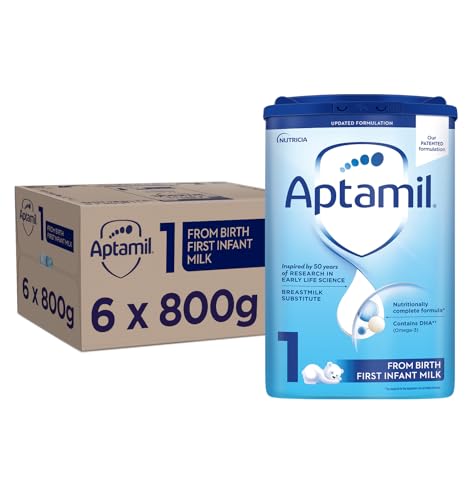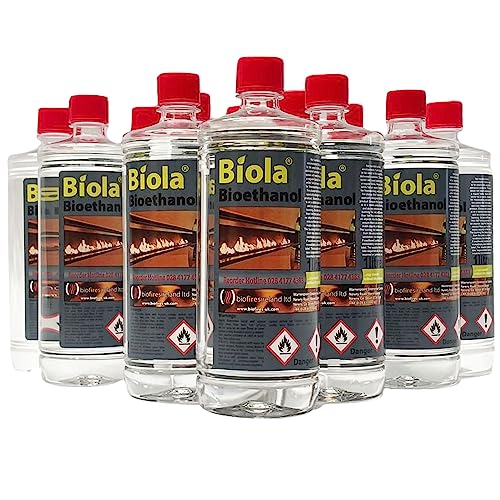Understanding Baby Formula: A Simple Overview
What is Baby Formula?
Baby formula is a manufactured food designed to feed infants aged birth to 12 months. It provides a balanced mix of essential nutrients that are vital for a baby’s growth and development, closely mimicking the nutritional profile of breast milk. While breastfeeding is encouraged, baby formula serves as a reliable alternative for parents who are unable to breastfeed or choose not to.
Types of Baby Formula
There are several types of baby formula available, each designed to meet different dietary needs. The most common types include cow’s milk-based formula, soy-based formula, and specialty formulas for babies with specific health concerns or allergies. Cow’s milk-based formulas are the most popular as they are suitable for most infants, while soy-based formulas are often selected for those with a lactose intolerance or milk allergy.
Choosing the Right Type of Baby Formula for Your Needs
Consider Your Baby’s Dietary Needs
When selecting a baby formula, it’s crucial to consider any dietary restrictions your baby may have. If your baby has a lactose intolerance, a protein hydrolysate or soy-based formula might be the best choice. Alternatively, if your baby shows signs of allergic reactions, hypoallergenic formulas might be ideal. Consulting your paediatrician can provide guidance tailored to your baby’s specific needs.
Learning About Different Formulas
Each type of formula has its distinct benefits. For example, lactose-free and soy formulas cater specifically to infants with sensitivities. Additionally, some formulas are enriched with DHA and ARA, which are fatty acids that support brain development. Make sure to evaluate the nutritional content and any added supplements that may offer extra benefits for your baby.
How to Prepare and Store Baby Formula Safely
Preparing Formula Correctly
When it comes to preparing baby formula, hygiene is paramount. Always wash your hands before handling formula. Follow the manufacturer’s instructions precisely regarding the water-to-powder ratio. Use clean bottles and nipples that are sterilised. If using ready-to-feed formula, simply pour it into a clean bottle without the need for mixing.
Storing Formula for Quality and Safety
Proper storage of baby formula is crucial to ensure it remains safe for your baby. Unopened formula should be stored in a cool, dry place. Once mixed, formula should be used within two hours if kept at room temperature, and any leftover formula should be discarded after a feeding. Be mindful that prepared formula can be stored in the refrigerator for up to 24 hours, but never freeze it.
Top Brands of Baby Formula: Our Recommendations
Well-Known Brands to Consider
There are several trusted brands of baby formula that have been favourites among parents for years. Examples include Aptamil, Cow & Gate, and SMA. These brands offer a range of products suitable for different stages and nutritional needs, ensuring that you can find a reliable option for your baby.
Exploring Organic and Special Formulas
If you are inclined towards organic options, brands like Hipp and Holle offer organic baby formulas recognised for their commitment to quality ingredients. Additionally, for babies with specific medical needs, brands like Neocate provide specialised formulas designed for allergies and metabolic issues.
Tips for Transitioning Your Baby to Formula Feeding
Gradual Introduction to Formula
When transitioning from breastfeeding or a different feeding method, it’s advisable to introduce formula gradually. Start by replacing one feeding session with a bottle of formula, allowing your baby to adjust to the new taste and texture. This gradual approach helps to minimise any fussiness and provides an opportunity to monitor how your baby reacts.
Mixing Breast Milk and Formula
If you’re combining breastfeeding with formula feeding, consider mixing breast milk with formula for a few feedings. This can help your baby transition to the bottle while still enjoying the familiar taste of breast milk. Ensure you follow the same preparation guidelines to maintain the nutritional value.






























